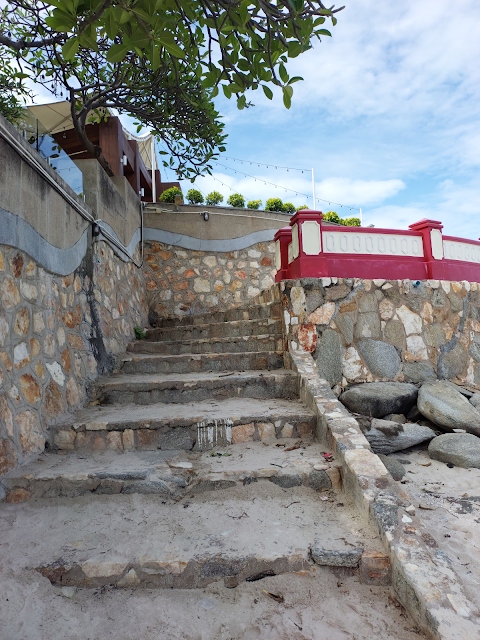Located very close to Hoan Kiem Lake at 57B, Dinh Tien Hoang Street is the Thang Long Water Puppet Theater. Water puppets are very typical to Vietnam and is the art of only this country.
History of water puppet:
Every year during the annual rice harvest, farmers in Vietnam's Red river delta region would gather together for singing and dancing. Water puppets were added as a recreation. The rice fields would be filled with water which formed a stage. The show was held for royalty by their subjects.
During the reign of Ly Dynasty in the 12th century, water puppets were chosen to entertain the king and their guests.
Since, they were perfomed in the rice fields, puppeteers had to stand in water for a long time exposing them to leeches and foot infection.
In 1969, the theater was established and from 1990, water puppets shows started regularly in Thang Long theater.
Many puppets shows are held throughout the world but Vietnam's water puppet is the only one of its kind in world.
Little knowledge of Vietnam culture makes the shows interesting. The "script" surrounds everyday life of Vietnamese farmers like cultivation of rice, ploughing of fields using buffalo, entertainment included dragon dance. Another interesting act is returning of gold sword to King Le Loi in Hoan Kiem lake.
Making of puppets:
The material used in puppets is special. They are made of fig wood which is light and can float on water easily. They are then painted with lacquer.
The water gives resistance to maneuver the puppets, which is more difficult than perfoming the act on land. It takes a lot of practice and hard work to master the art of water puppeteers to become skilled using bamboo sticks and strings. The color of water is colored dark blue so, it is not easy to see the strings used by puppeteers.
The puppets are 12-39 inches high and weigh from 1 kg to 5kgs for smaller ones and up to 20 kgs for bigger ones.
The stage:
A dark blue colored water "pond" of 4 meters square forms the stage for enactment. The puppeteers stand in water throughout the show behind the "curtain" and control the puppets from there. Musical instruments include traditional instruments as dan bau, drums, gongs, flutes, cymbals. They also lend their voices during inactments. Sometimes mist over character leads to some suspense.
The top of pool reflects Vietnamese architecture decorated with flags.
opening music
The performance begins with music which is performed by artists who sit on both sides of of "stage" which is beautifully decorated.
Cheu Teu narrator
The shows begins with Cheu Teu, a jester who gives an introduction to the show.
dragon dance
farmers working on fields
boat trio of King Ly
This part shows King Le Loi returning the sword back to the turtle, after he won the battle against Minh empire.
fairy tale dance
puppeters behind the stage
artists
On conclusion of around 45 minutes show, the artists come out and the audiences cheer them.
Tickets:
Its always safe to buy tickets in advance. The tickets cost 150,000 VND for front seats and 100,000VND for seats at the back.






































































